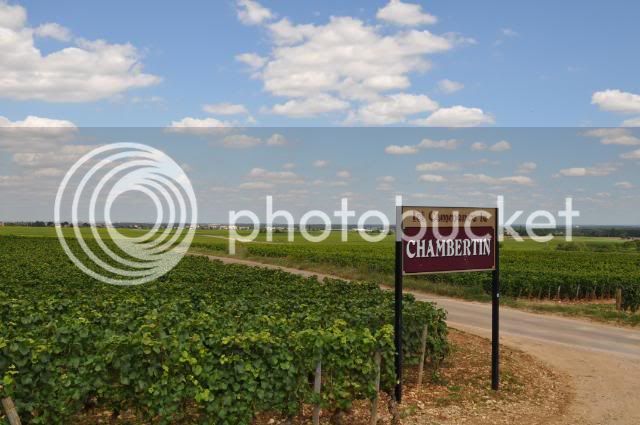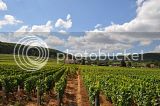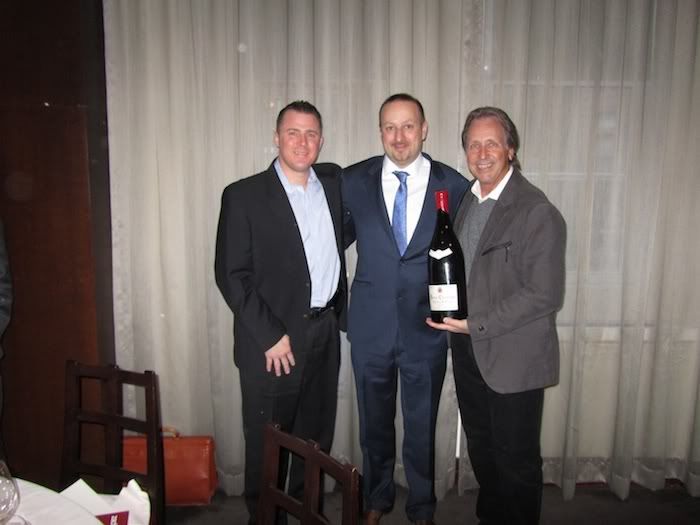
Hello again, and welcome to the 3rd week of the Wine Berserkers Weekly Burgundy Appellation Tasting Series. This week we will focus on the wines of Gevrey-Chambertin, along with the Grands Crus associated with the commune.
It is worth noting that these 8 (9 if you count Mazoyères separately as the BIVB does) Grands Crus associated with Gevrey-Chambertin are the most of any commune in the Côte d’Or.
Grands Crus: Chambertin; Chambertin, Clos-de-Bèze; Chapelle-Chambertin; Charmes-Chambertin (including lieu dit Mazoyères); Mazis-Chambertin; Griotte-Chambertin; Latricières-Chambertin; Ruchottes-Chambertin.
26 1er Crus: La Bossière, La Romanée, Poissenot, Estournelles-Saint-Jacques, Clos des Varoilles, Lavaut Saint-Jacques, Les Cazetiers, Clos du Chapitre, Clos Saint-Jacques, Champeaux, Petits Cazetiers, Combe au Moine, Les Goulots, Aux Combottes, Bel Air, Cherbaudes, Petite Chapelle, En Ergot, Clos Prieur, La Perrière, Au Closeau, Issarts, Les Corbeaux, Craipillot, Fonteny, Champonnet.
Gevrey-Chambertin is the first commune we will visit in this series with Grands Crus associated with it. The history here goes back a long way. In fact, just a few years back, an ancient vineyard was discovered in the lower, flatlands of Gevrey-Chambertin dating back the first century AD. This backs up the writings of Pligny the Elder mentioning Gevrey as the first areas of plantation in the region. (Marsannay is thought to have followed suit shortly thereafter). CNRS - Archives des communiqués de presse
Gevrey (later Gevrey-Chambertin) was the first village granted permission my King Louis-Philippe to append the name of it’s village (1847) to the most renowned vineyard in its area. Other followed, producing names such as Chambolle-Musigny, Nuits-Saint-Georges and Morey Saint Denis.
Gevrey-Chambertin is the only village appellation which has vines on the East side of the Route Nationale 74 which produce grapes which are allowed to be classified under the same region as an appellation on the West side.
A portion of vines located in the commune of Brochon to the North produce grapes which are allowed to be included in the Gevrey-Chambertin Village AOC.
Wines from the Grand Cru lieu dit “Clos-de-Bèze” are allowed to be labelled as either “Chambertin” or “Chambertin Clos-de-Bèze”, though wines from the lieu dit “Chambertin” may not call itself “Chambertin Clos-de-Bèze”. With respect to Mazoyeres and Charmes-Chambertin, they are similar in the respect that in each, there are situations where one a label choice is unilateral. In the case of Charmes, as you mention, the lieux dits Aux Charmes, Aux Charmes ou Mazoyeres and Mazoyeres can all be labeled Charmes-Chambertin, whereas Mazoyeres is the only lieu dit with the ability to be labeled as Charmes-Chambertin or Mazoyeres-Chambertin.
Click on the thumbnails to enlarge

The hill of Le Chambertin Grand Cru

Top layer of soil of Charmes-Chambertin “Aux Charmes” Grand Cru

Looking North over the hump of Charmes-Chambertin Grand Cru

Mazis-Chambertin Grand Cru (left) with Les Corbeaux 1er Cru (to the right after space in rows)

Top layer of soil of Les Corbeaux 1er Cru
Disclosure: I produce wines from this village. The photos posted above are of vineyards I source from. If you have other photos of Gevrey-Chambertin, please pm me and I will include them.
